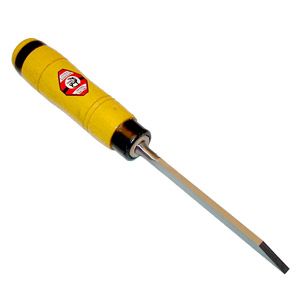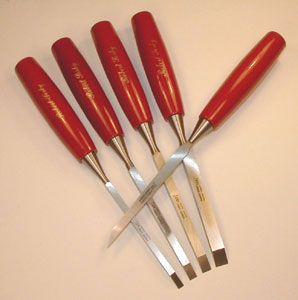I have a pair of Keen Kutter chisels in sizes 5/8 and 7/8. The blades are 9 inches long from blade tip to end of socket. Are these paring chisels or just long bench chisels? I am in the process of refinishing them. After they are done I am going to turn new handles for them out of cocobolo. I am going to try to post a photo so hopefully it will show up.
Thanks,
Shawn




 Reply With Quote
Reply With Quote











